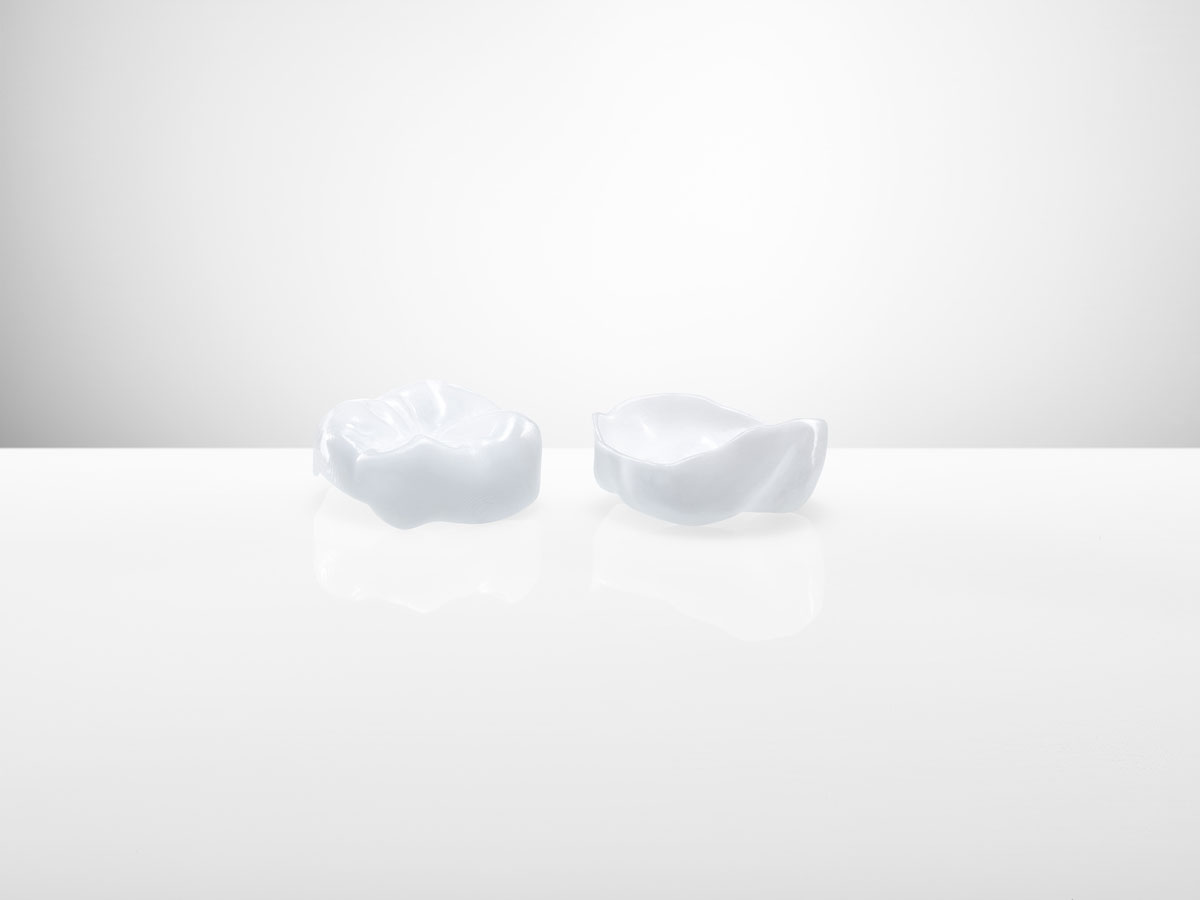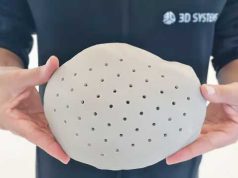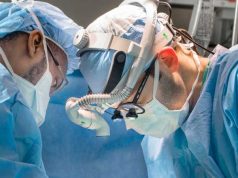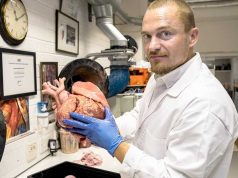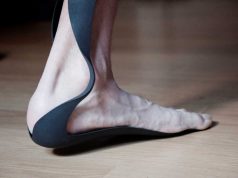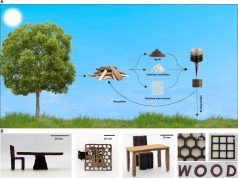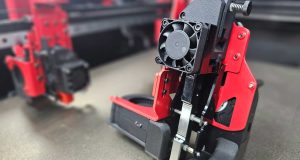When tested against milled zirconia and heat-pressed lithium disilicate, Lithoz’s 3D-printed zirconia ultra-thin occlusal veneer, with proprietary LithaCon 3Y 610, produced outstanding results: exceeding the clinically expected bite forces.
3D printing has more than proven its potential when it comes to dental applications. Additive manufacturing is quickly becoming a top solution to many challenges faced in the dental industry, as supported by a recent 2020 study by the world-renowned Clinic of Reconstructive Dentistry of the University of Zürich in Switzerland.
3D-printed zirconia-based occlusal veneers, made using Lithoz’s LithaCon 3Y 610, were tested against milled zirconia and heat-pressed lithium disilicate. Occlusal veneers are generally favored over crowns when possible, as they are less invasive to the patient and allow for the preservation of healthy tooth substance. The objective of the test was to see if 3D-printed veneers possess a different load bearing capacity compared to milled zirconia or heatpressed lithium disilicate. To do this, a chewing simulator was used, applying 49 N of force to the veneer samples over 1,200,000 cycles with a varying temperature between 5 °C and 55 °C as well as load bearing capacities of all different materials have been evaluated. All three ceramics easily withstood this test without any technical complications. It is therefore clear that state-of-the-art ceramic occlusal veneers are more than capable of surviving 5 years of heavy use at varying temperatures.
Zirconia can be used under extreme conditions thanks to its durable properties, including superior strength and toughness. As a biocompatible material, zirconia can also be used for medical and dental applications. Lithoz’s LithaCon material enables the coupling of high quality implant production, using LCM technology (lithography-ceramic based manufacturing), with the outstanding properties of zirconia. For this reason, the 3D-printed veneers were found to have a higher load bearing capacity than the CAD/CAM milled and heat-pressed veneers tested, requiring 2,026 N of force to cause a fracture. As the maximum force able to be produced by a human bite is 540 N, the study concluded that 3D-printed ultra-thin occlusal veneers can be recommended for use as a prosthetic to compensate for tooth loss. Although milled zirconia would also be an acceptable option, producing an ultra-thin veneer from a presintered piece of zirconia is very difficult because of its low inherent strength. Lithium disilicate also comes with its own complications, as, in order to obtain a wall thin enough to act as a veneer, it must be heat-pressed instead of milled.
Daniel Bomze, Head of Medical Business Unit at Lithoz says ‘ceramic 3D printing has proved to reliably produce components so thin yet so strong and with such a high resolution. Processes like LCM are opening up tremendous opportunities. Not just for the design and fabrication of dental restorations and implants, but also for customized bone implants and numerous other medical devices’
Subscribe to our Newsletter
3DPResso is a weekly newsletter that links to the most exciting global stories from the 3D printing and additive manufacturing industry.



